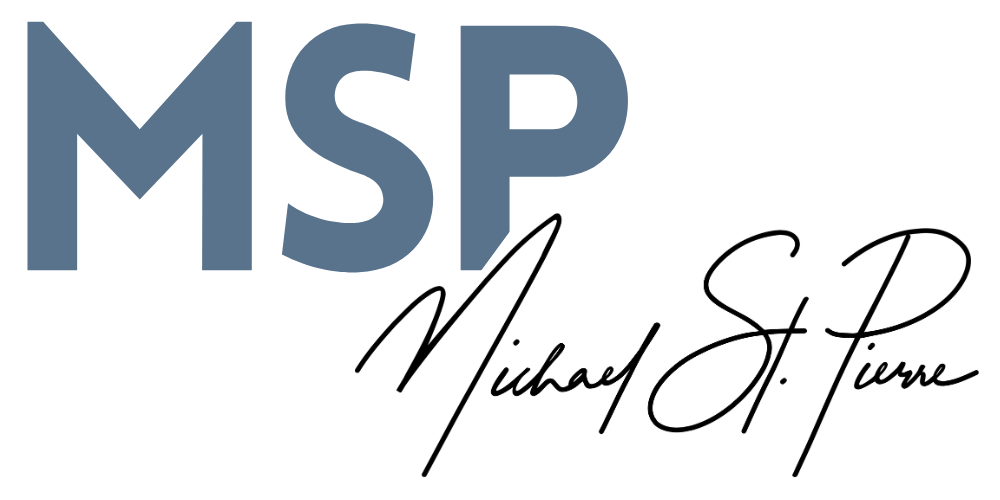How do you remember to do things? Do you put a sticky note on the door with a brief reminder? Do you use an app on your smartphone that will ping you?
Whatever you use, whether an old fashioned sticky note or a string tied around your finger, the mind needs these little tricks in order to remind us to do things. After all, there are too many things churning around in our heads- you need reminders.
These reminders are what I call Productivity Prompts. A prompt is a nudge, built into your system, that will remind you of something. A prompt keeps a project moving. A prompt can take many different forms, going beyond simple reminders. It can be any of the following:
- A prompt might be a sticky note on your fridge.
- Or, a prompt might be an item on your to-do list.
- A prompt might be an item on your agenda or a prompt might be an email to someone that requires a response from the other person.
- A prompt can be an item on your calendar.
Here's what this looks like in my own life. I am giving a talk this summer and the organization required that I deliver to them a rough draft by a certain date followed by a final outline by another date. The prompts I used were as follows:
- On my to-do list: "Create first draft outline of talk" with a date and reminder
- In my calendar: "Finalized outline and submit to Joe" with a date and a reminder
Between my to-do list and my calendar, I had enough prompts to keep the project moving along and finish my work on time. A very simple process for a relatively straightforward set of tasks. Thankfully, both my calendar and my to-do list let me add dates to particular tasks and then remind me when they are due.
Whatever prompts you use, and you probably use many different types, use them often. Keep your projects moving. Try to avoid dropping the ball through the use of prompts.
By building in various prompts into your system, you truly are practicing the "art" of more sophisticated work. You're becoming much more than someone who accomplishes tasks. You are becoming an artist.






